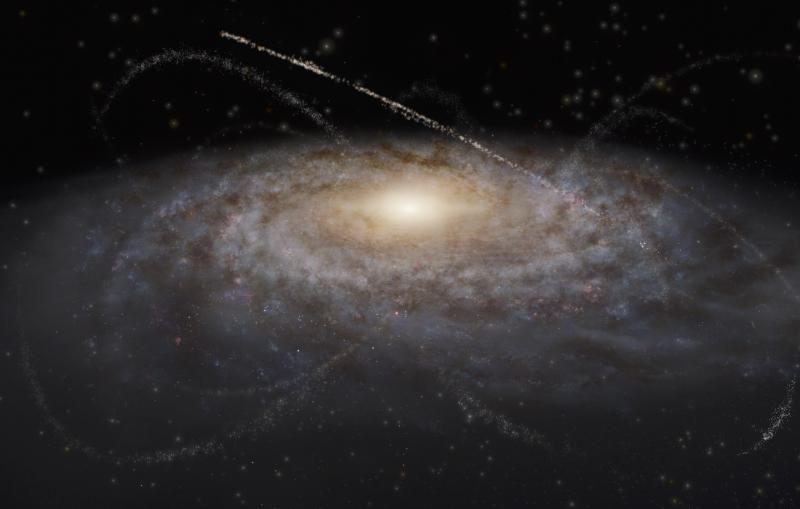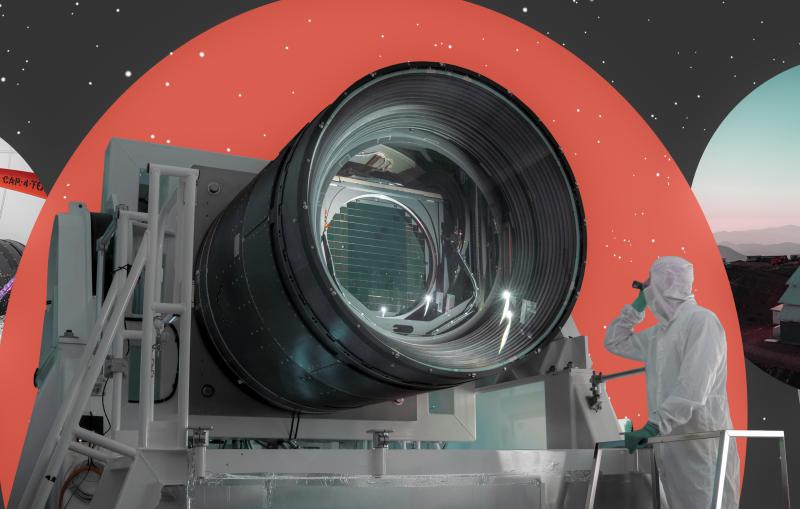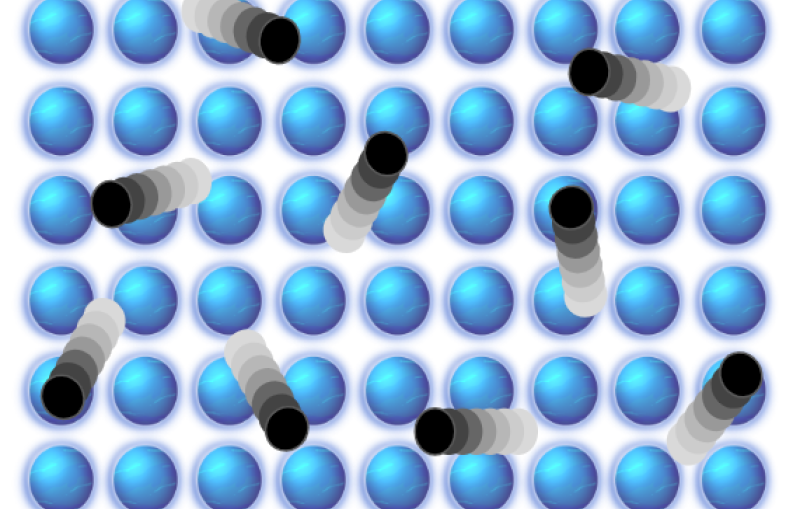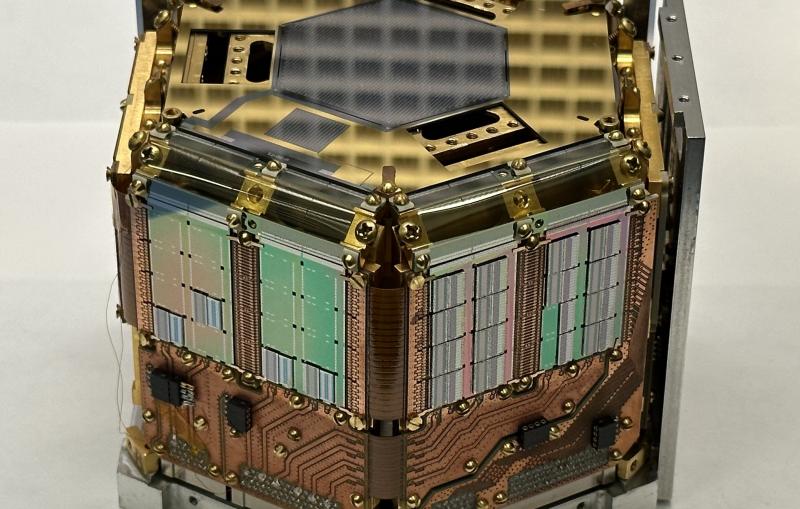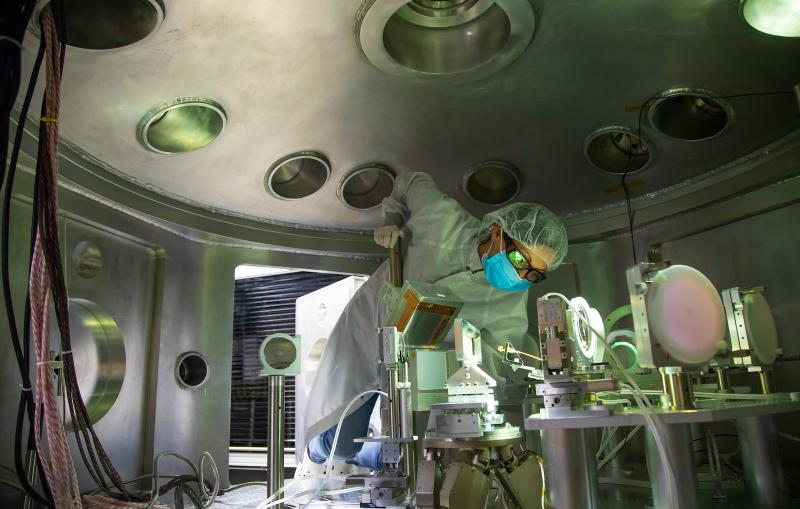September 26, 2019
SLAC/Stanford are developing a radio that searches for dark matter
An “out there” theory inspired the development of the Dark Matter Radio, a device that could explain the mysterious matter that makes up 85 percent of the mass of our universe.
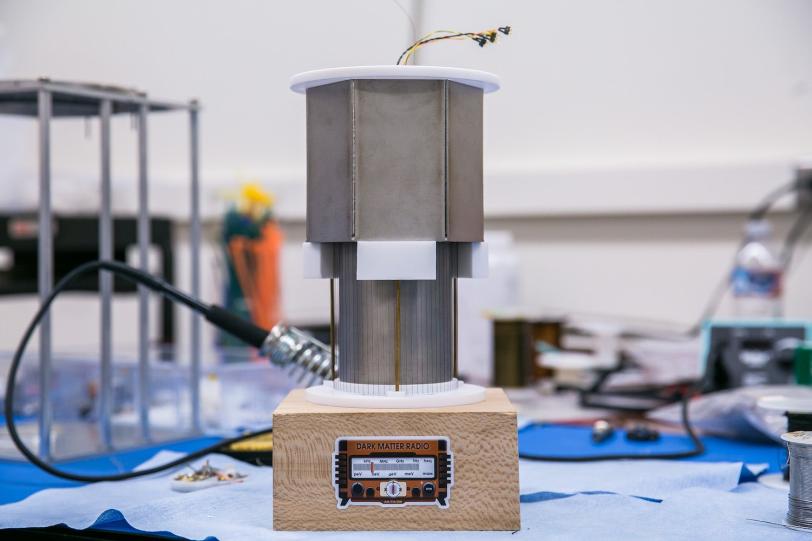
Dig Deeper
